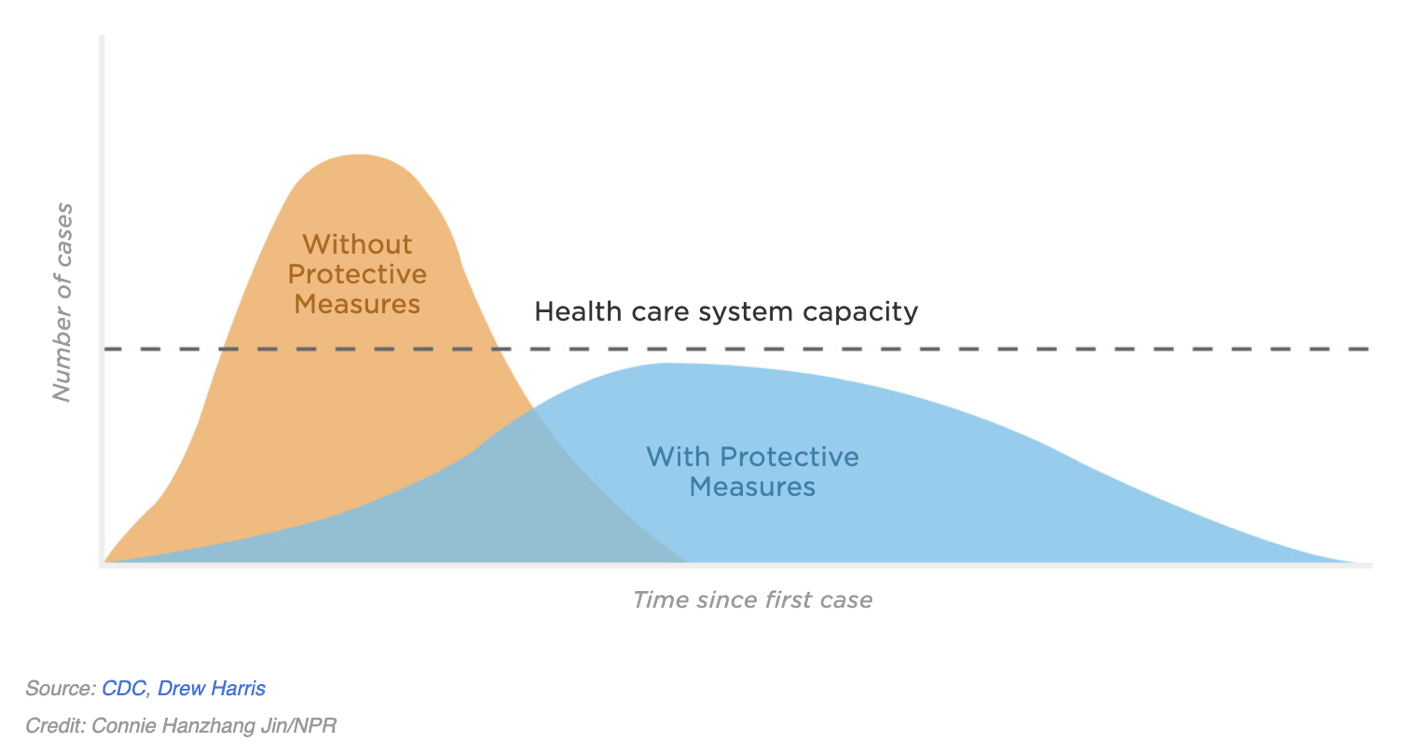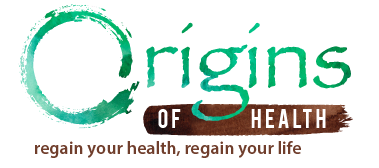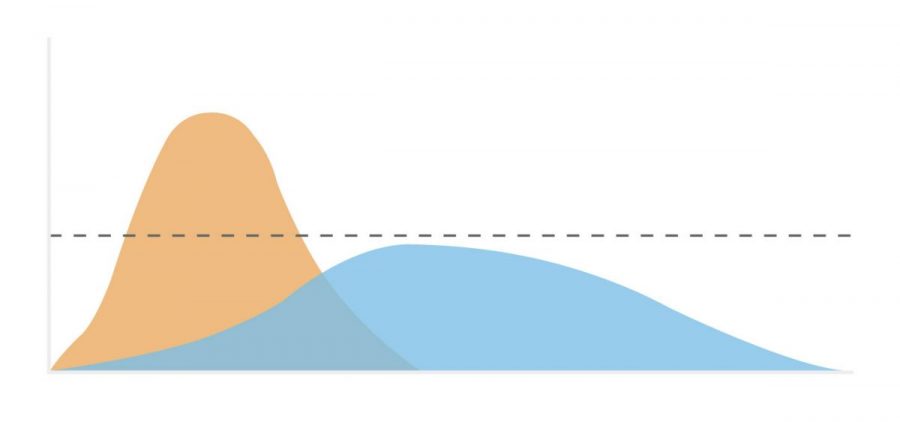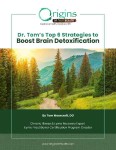With the exponential spread of the novel Coronavirus, we’ve seen widespread Social Distancing measures put in place in order to “Flatten the Curve.”
So what is Social Distancing? What does it mean to Flatten the Curve? And, most importantly, do these measures work?
Social distancing is a conscious effort to reduce close contact between people with the goal of reducing community transmission of the virus.
With the rapid spread of the Coronavirus in countries, such as China, Italy and Iran, Social distancing has been aggressively adopted in the United States by large corporations, such as Apple and Nike who have closed their retail outlets, school systems and state and local governments. Whether or not social distancing will make a significant difference in your area really depends upon many factors, including size and population density of your community, local access to health care and prevalence of the Coronavirus in your area. The CDC acknowledges social distancing measures can “be scaled up or down depending on the evolving local situation.”
Social distancing may be the strongest tool we have to slow the spread of the Coronavirus, however there is potential for significant negative economic impacts. The other major issue associated with social distancing is the term itself. Let’s take a moment and redefine it for what it really is – Physical Distancing. Our goal is not to social isolate each other, rather the goal of physical distancing is to reduce the spread of the virus so we can “flatten the curve.” If we are able to do this quickly, we may be able to reduce the burden on our already overwhelmed medical system and limit the negative economic impacts of COVID-19.
Flatten the Curve – delaying the spread of the virus so new cases are not showing up all at once, rather spread out over weeks or months.
The general idea behind flattening the curve is to minimize the surge of infected individuals needing medical care at any one time. As we have seen in Italy, a huge surge of severely ill patients can quickly overwhelm the capacity of the medical system to care for them. Flattening the curve does not decrease the overall number of cases, rather it spreads them out over time so the system has a chance to adapt to all the people requiring medical care. In other words, over time we’ll likely see the same number of cases, they just won’t all be at the exact same time. In this scenario, people requiring high level medical care are much more likely to have that care available to them as the burden on the medical system has been spread out over time. This not only decreases the strains on hospitals and doctor’s offices, but it gives researchers more time to look for answers.

What does this mean for me and my family?
The current Coronavirus pandemic is a unique point in our lifetimes. Never have we seen such rapid spread of a novel infection. The world was largely unprepared. In regions where large scale physical distancing has been practiced, we’ve seen the spread of the virus slow. There are also areas, such as South Korea, that have been able to more specifically target their physical distancing and quarantine practices because they have exceptional access to testing. In either situation, physical distancing is working.
By taking action now, you can help improve access to medical care in your community.
For many of us in the United States, now is the time to step back and enjoy some time at home, with loved ones. We may need to figure out new ways to do our jobs, remotely or otherwise. It’s a time for creativity and unity. As the virus can silently spread (aka you can look and feel fine, yet have the virus and give it to someone else), your physical distancing efforts will not only help you, but likely be of bigger benefits to others. And their efforts will likely help you more than it helps them. This is a unique time when our collective efforts will do more to help each other than ourselves. We have an opportunity to use this viral pandemic to check into what is most important in our lives and to reconnect with our community. I hope we all remember these lessons once the pandemic has passed and we go back to our more normal daily routines. Remember that your neighbor’s efforts may have done more to directly help you than them. Together we can slow the spread of the virus and improve the chances that the most severely ill have access to the medical care they require when they need it.
By taking a temporary step back we can actually unite and take control of this otherwise out of control situation.
For all the latest on the emerging Coronavirus pandemic, subscribe via RSS to my blog and check back regularly. You can also check my latest videos on Facebook and YouTube.
Keep yourself and your family safe. Download my Coronavirus Cheat Sheet to have instant access to my Top 3 Tips to Prevent Getting the novel Coronavirus and my Top 5 Tips for Boosting Your Immune System so you can stay safe and healthy in the event you are exposed.



